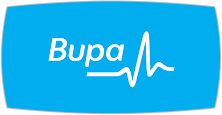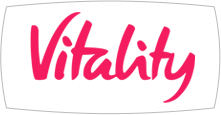
ABOUT US
In 2010 Dr. Massimo Garriboli moved to the United Kingdom and started working in the Institute of Child Health (University College London) and Great Ormond Street Hospital, London.

CONTACT INFO
Secretary: Mrs Benita Ward
Umbilical hernia is a bulge or lump at the level or above the umbilicus (belly button). It isn’t usually a cause for concern in babies or children under two. However, it is important to get the diagnosis confirmed by a doctor if you notice it. Treatment may be recommended if the hernia doesn't seal itself up as your baby grows.
An umbilical hernia is a small defect in the abdominal wall, near the belly button. It is a tiny gap between the abdominal muscles that allows material to bulge out of the abdomen. In most cases, the hole will be so small that only a bit of fat can push through it. However, if the gap is large enough, part of the baby's bowel could bulge out through it.
Umbilical hernias are small, soft bulges that appear near the baby's belly button. The bulge may only appear when your baby is crying, coughing, or otherwise straining their abdomen. The lump will usually be soft and painless, so it might not bother your baby at all. However, it is still important to get it checked by a doctor to confirm the diagnosis and find out if treatment is needed.

Umbilical hernias are common in babies, especially those who were born prematurely. The hernia occurs at the point where the umbilical cord was attached to the abdomen. If the umbilical scar doesn't form properly, then it can leave a gap in the abdominal wall, usually just a few millimetres in diameter. However, the gap can be large enough to allow part of the bowel to bulge out from the abdomen. It is very rare for umbilical hernias to be painful in young children or for any protruding part of the bowel to become stuck or strangulated.
Umbilical hernias in babies usually close up by themselves before the age of four and do not require an intervention. Some may remain open a little longer, but still seal up in childhood without causing any serious problems. You won't need to limit your child's activity in any way and there is no need to bandage or apply pressure to the hernia. Even a relatively large umbilical hernia will usually resolve itself without causing any problems for your child.
If the hernia is still present after the age of about three-four, then your doctor might suggest surgery. The hernia is unlikely to disappear by itself after this age. Although an umbilical hernia is unlikely to cause any serious issues, it can be annoying or embarrassing for your child as your son or daughter gets older, especially if it is large enough to be noticeable.
Umbilical hernia surgery is a simple procedure that can usually be performed as a day case. Your child will be given a general anaesthetic so s/he can sleep through the operation. The doctor will then make a small incision below the belly button so the gap in the abdominal wall can be closed with a few stitches.
If your child has an umbilical hernia, an appointment is recommended to get it checked. A paediatric urologist can confirm the diagnosis and advise you on when surgery might be a good option.









